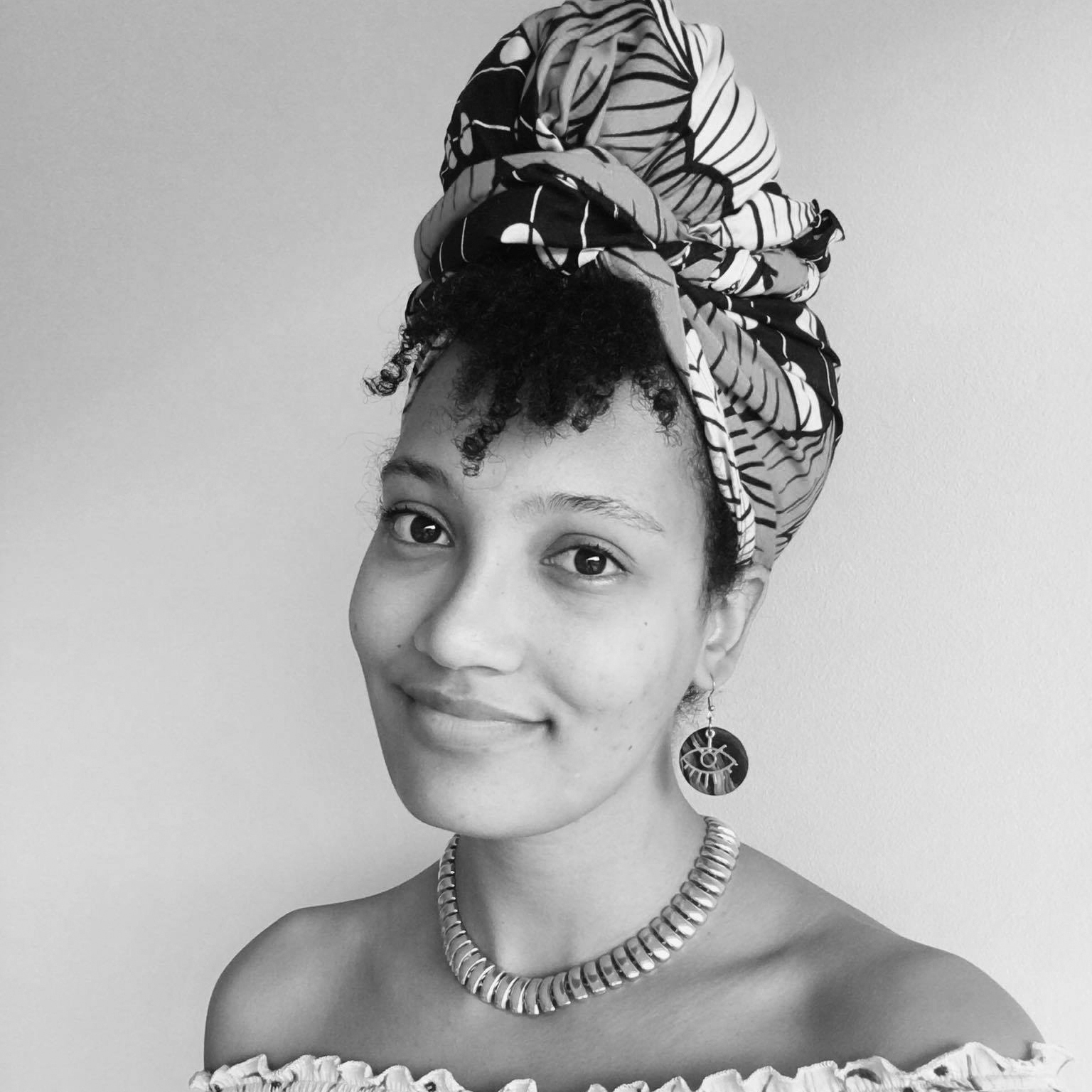Being a telescope operator and an astrophysicist has given me a new perspective of data, telescopes and my own research.
The moment I arrived at Paranal Observatory, I knew I didn’t want it to be my only visit.
A fresh-faced PhD student only a couple of months into my studies, I had the opportunity to travel from the University of Leeds to collaborate with the astronomers in charge of operating the telescopes at the top of Cerro Paranal in the Atacama Desert, northern Chile.
ESO now operates 8 telescopes at the observatory under the umbrella term ‘The Very Large Telescope’ (VLT), and an additional survey telescope, VST, at the site.
Thanks to the extreme dryness of the Atacama and the observatory’s remote location, Paranal Observatory has established itself as a world leader in studying our Universe at optical and infrared wavelengths.
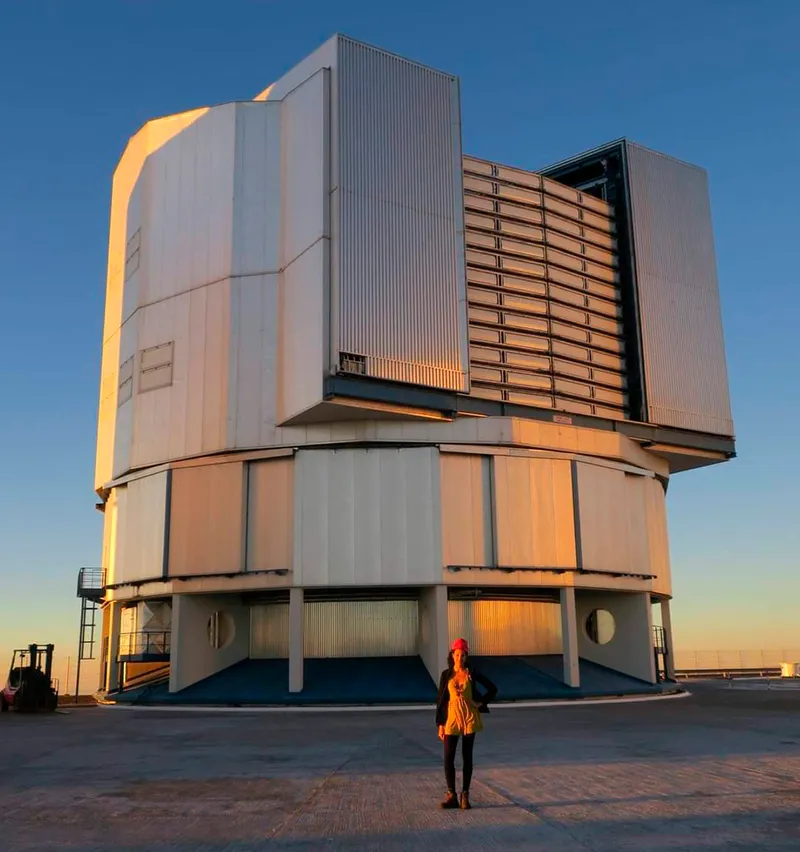
Fast forward eight years since I first set foot at Paranal, and living and working at the observatory is now a core part of my job.
For 105 nights of the year, I’m out in the desert, taking observations from the observatory control room for astrophysicists all over the globe.
Working in such a remote place, and a desert to boot, takes some adjustment – if you didn’t have a skincare regime before arriving, you make one!
That being said, the ‘residencia’ where the engineers, caterers, administrative staff, astronomers and more all live and work is a welcoming and special community.
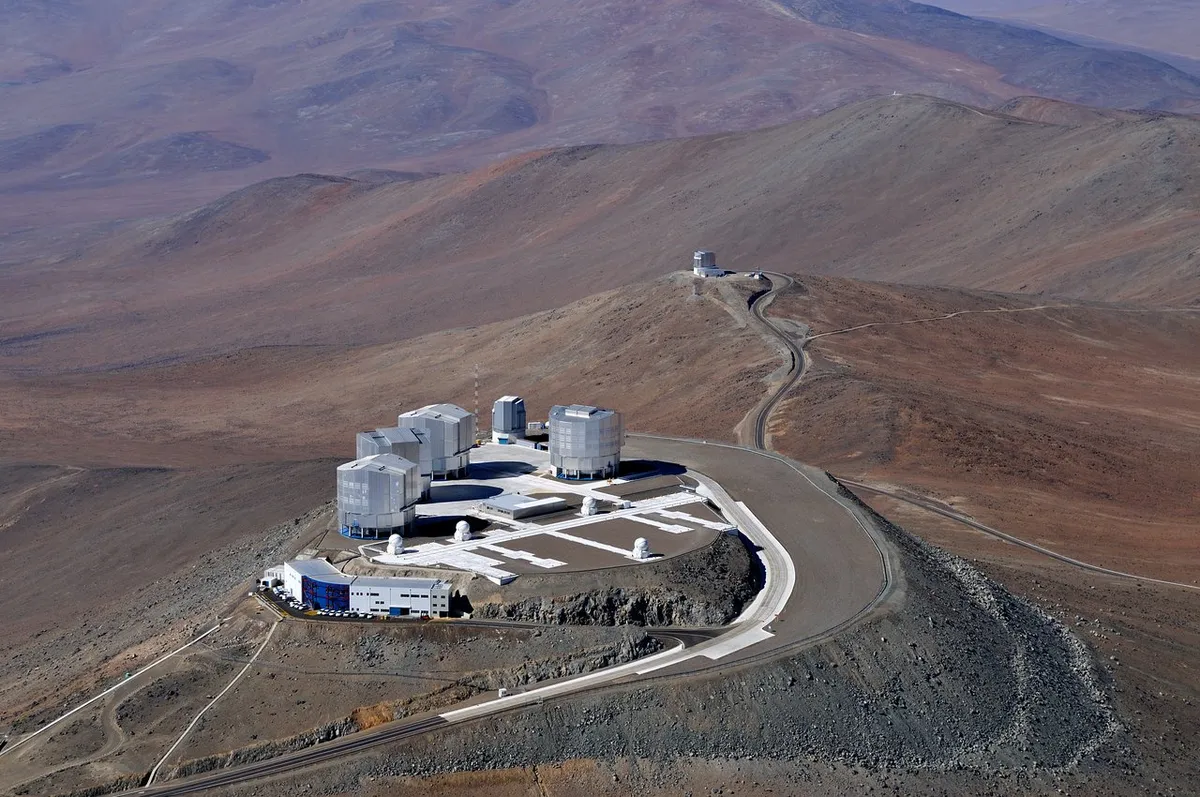
Movie nights, sports facilities, the pool, sauna and music room mean there’s always something you can do to relax after or before your daily work, and many of us make use of the stunningly dark skies to get into astrophotography.
Visitors are common too, with politicians, actors and musicians passing through.
Since my interest in astronomy was sparked during my childhood in the UK, I loved welcoming The Sky at Night TV show onsite during filming for the September 2023 episode.
Being able to talk to Dr Maggie Aderin-Pocock about my work as a career astronomer felt like a wonderfully full-circle moment.
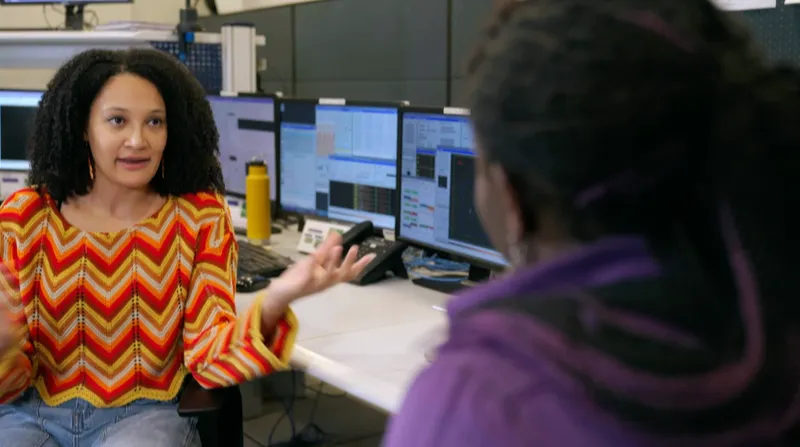
The work of a telescope operator
During and since my PhD, I have worked with data taken at Paranal Observatory, using a technique called ‘interferometry’.
This combines the light from different telescopes simultaneously to get a detailed, unique view of massive stars, which will form supernovae and black holes, and the natal, dusty, nebulous cradles where stars are forming.
I started working at the observatory in February 2023 as an operations staff astronomer, which means I split my time between doing my own research and supporting the operation of the observatory.
Collaborating with engineers, telescope operators and more has given me a whole new view of the data and the telescopes I work with.
Being a telescope operator prompts me to think about my research in new ways and inspires me to expand my methods.
Preparing for the ELT
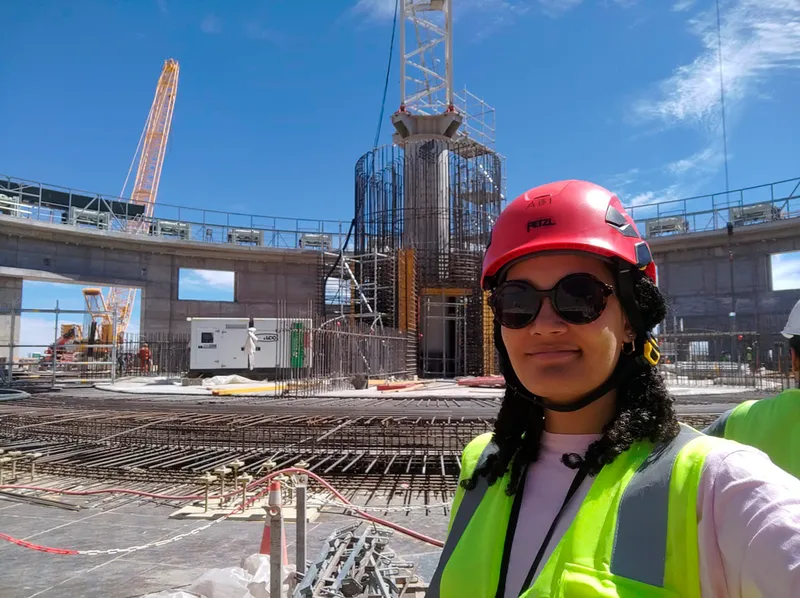
ESO is planning expansion too, with its next project, the Extremely Large Telescope (ELT), half-completed and literally on the horizon from Paranal Observatory.
The dome structure is now clearly visible on the top of Cerro Armazones, just a short drive from the VLT.
This new telescope will be the largest ever built, eclipsing all current telescopes in size, including the recently launched JWST.
With a primary mirror 40 metres in diameter, five times bigger than what has previously been available, the view we will get of the Universe will be revolutionised.
When visiting the ELT construction site shortly after I returned to Chile to start my staff position, I couldn’t help but get the same feeling of excitement as the first time I arrived at Paranal.
The future of astronomy is bright.
In another 8 years, I’m looking forward to stepping into a completely new observatory in the form of
the ELT, and into a new chapter of understanding the Universe as an astrophysicist.
Watch Abigail discuss how humans are made of stardust
This article originally appeared in the October 2023 issue of BBC Sky at Night Magazine.

